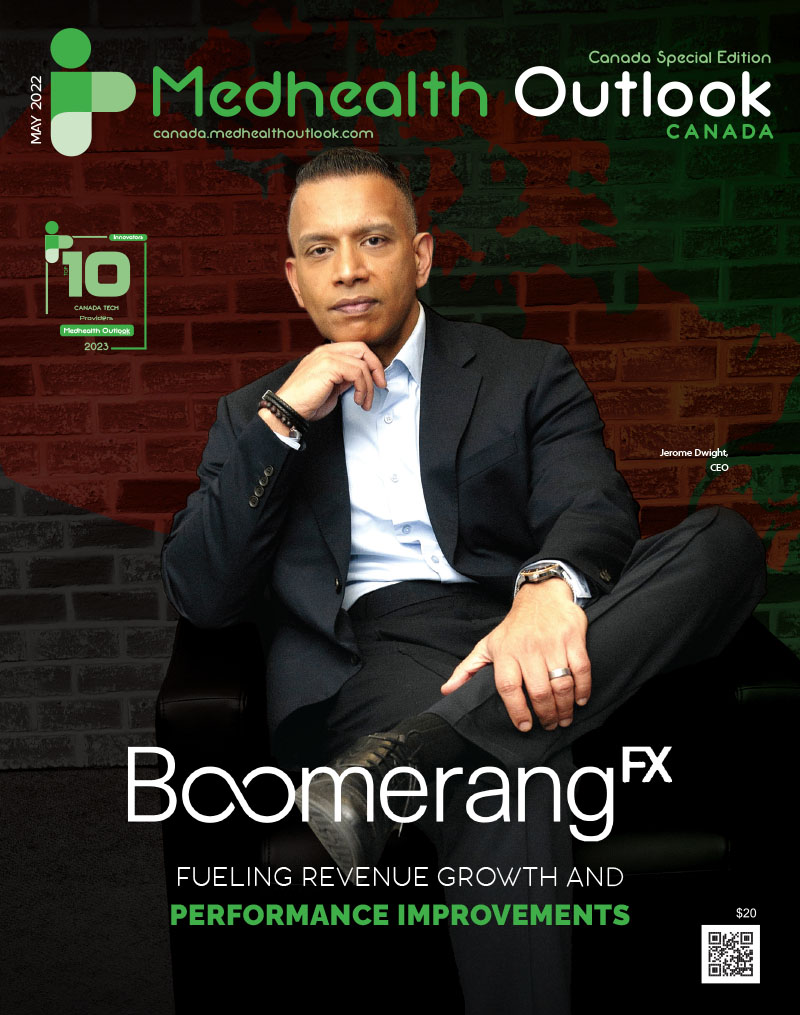We’re hearing more and more about gamification these days, and the concept seems to be seeping into many parts of contemporary life. From education to marketing and investment, and even employee performance reviews. One area in which the boundless potential of gamification is just beginning to be explored is the delivery of healthcare services, particularly physical and occupational therapy.
By the most basic definition, gamification is the intentional incorporation of game-like elements—such as point scoring, competition, and levelling up—into activities or processes that would not otherwise include them.
Duolingo is an excellent example of educational gamification; the app allows users to learn a new language in incremental stages and rewards them for completing challenges. The app offers users a fun and effective way of completing what might otherwise be a frustrating and long process by moving players along a set journey. What makes Duolingo so effective is its ability to hook users in and make them want more. When you complete one of your lessons, Duolingo adds you to a streak and reminds you to learn or lose your streak. Everything about Duolingo is playful; from the owl mascot to the absurd sentences you translate, the app has been created for users to forget the tediousness of learning a language. The colorful user interface and lesson streaks encourage you to come back again and again.
Another example of a very different industry implementing a gamification strategy is Nike with its Nike Run Club (NRC) training program. For those beginning to run, it can be intimidating and lonely. Nike flips this on its head by having guided runs with encouraging coaches in your ears providing motivation, distance, milestones, and tips along the run. Runners now have a coach in their ears making running feel social and exciting. When runners log a run on NRC, they can select community challenges that unlock achievement badges and place runners on a leaderboard. The goal is to increase your extrinsic motivations for praise or recognition while encouraging others to join the race. Why does Nike Run Club work? Like most marathons, everyone needs a push to make it over the finish line! The app gives runners a fun challenge and competition for what would otherwise be a lonely, long, silent run.
Why do people keep coming back? In Gamification by Design, Gabe Zichermann, a leading researcher in gamification, says that gamification increases players’ intrinsic and extrinsic motivations. Games incorporate three central human motivations —pleasure, rewards, and time—into one activity. To increase motivation for players to return and progress, Duolingo awards players with badges and points while they learn, while Nike puts runners on a leaderboard.
Research backs up the therapeutic value of gamification in healthcare settings. In a study published in the journal Pediatric Physical Therapy, a team of Dutch researchers noted that “The gamification of therapy has potential to increase participants’ motivation and engagement in therapy.” Games do this by enabling the release of dopamine and improving synaptic connections through the use of multisensory cues and rewards, creating an immersive experience for the patient. Additionally, games offer players a distraction from tedious or anxiety-inducing environments. Think of playing Minesweeper to pass time in a dentist’s waiting room to distract yourself from that root canal, or crushing levels on Candy Crush during a long flight. Games have a special ability to get us to push our surroundings away and focus on the task at hand.
Why does this have so much potential to be a game-changer in physical and occupational therapy?
The short answer is that musculoskeletal (MSK) injuries and conditions are increasingly common, and recovering from them simply isn’t very much fun. In fact, more than half of Americans aged 18 and over—and nearly three out of four aged 65 and over—suffer from musculoskeletal pain caused by wrist fractures, arthritis, stroke, spinal cord injuries, and other injuries or conditions. These upper-limb injuries can be difficult to assess and treat, and successful recovery is often highly dependent on the patient completing a set of therapeutic exercises often enough, and correctly, and there is just not enough time during in-clinic visits for a therapist to fully retrain bad movement patterns. We all hear about how exercise releases endorphins and can make working out enjoyable and exciting. The fact of the matter is rehabilitation exercises aren’t strenuous enough and don’t have the same biochemical impact. This is why gamification packs a punch. It turns the tediousness for patients and low compliance rates around by providing guidance and rewards–which in turn can improve clinical outcomes for the patient.
Next-generation medical devices harness the potential of gamification in a way that could very well revolutionize the way we approach rehab for MSK conditions. Wearable sensors effectively transform the patient’s own limb into a game controller, while the software guides them through interactive games, providing real-time visual biofeedback that empowers them to do their exercises correctly. Never underestimate the power of having fun and distraction. Research has shown that when distracted by other sensory stimuli, patients can push through pain. Gamification is doing just that. By giving patients the task of, say, flying a spaceship through obstacles on a screen by moving their wrist and hand, patients focus on the spaceship and forget about their hand. Adding new levels, harder challenges, and unlocking rewards all add a motivation factor that is unmatched by traditional physical therapy exercises.
In the context of MSK rehabilitation, gamification could take the form of a game in which the patient follows a series of levels along their rehab journey. Patients start their journey by moving their injured limb in specific motions, as guided by the game. Wearable sensors measuring their joint angles and tracking their range of motion will establish a baseline movement pattern for each patient. Then, the software guides the patient from level to level, introducing engaging games designed to improve the way they move. Their level of engagement with the game will help them push past any pain or discomfort, allowing the patient to get stronger and more flexible until ultimately, they “win the game” by reaching the point of full recovery.
Healthcare technology is improving so rapidly that the delivery of gamification of therapy in the metaverse seems like an inevitability.
Whatever the future holds, wearables and gamification offer new and proven opportunities for therapists and motivating care for patients. With the support of wearables and cutting-edge technology, gamified physical and occupational therapy can increase both dopamine and intrinsic/extrinsic motivations in patients, which helps both patient and therapist have the best clinical outcome.













